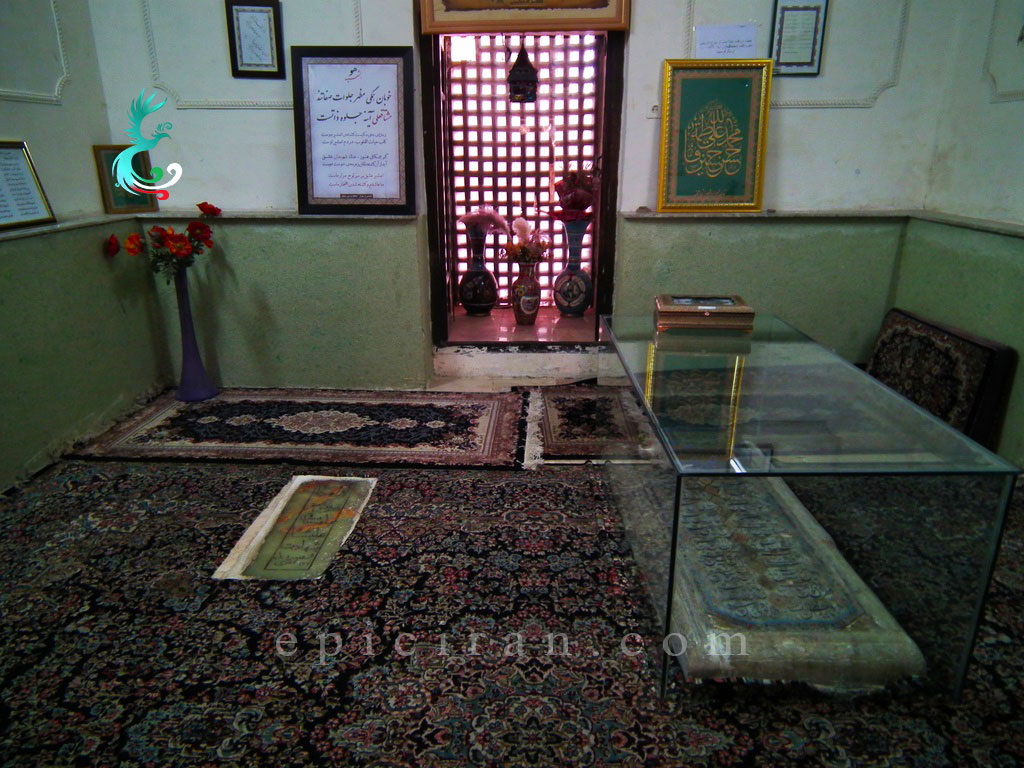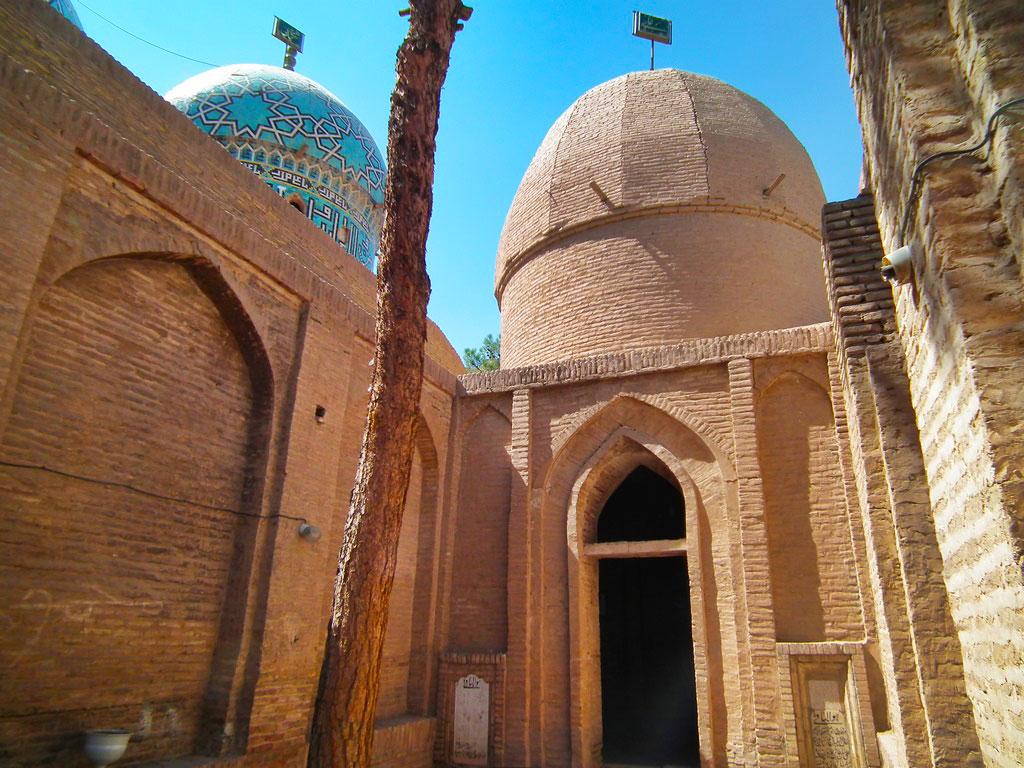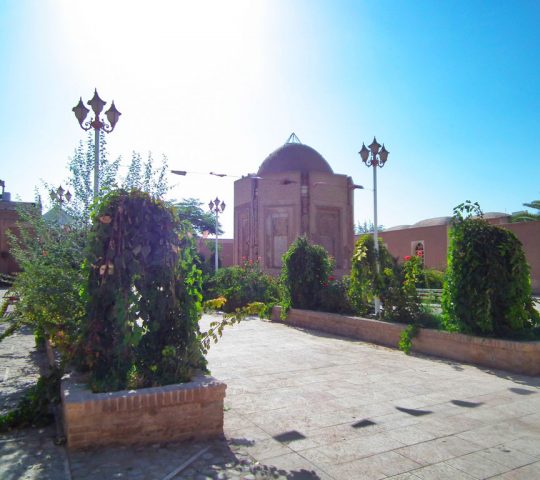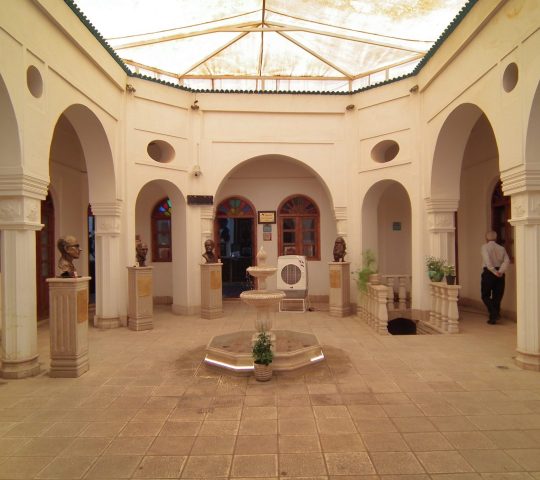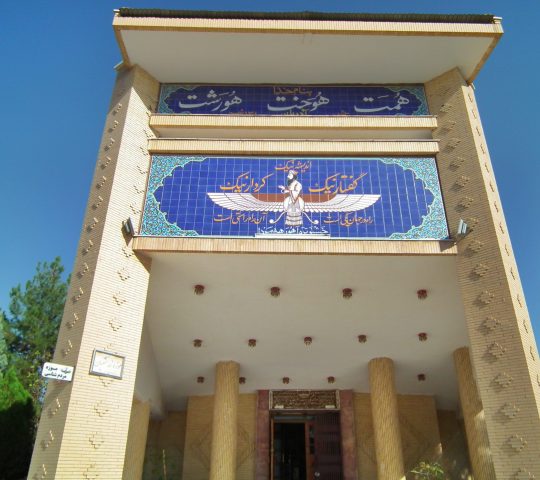Moshtaghie Dome, which is also known as Se Gonbadan (three domes), is one of the monuments remaining from the Qajar period in the city of Kerman, which has been in the vicinity of Qabrestan Kohne, outside of Old Walls Kerman.
Moshtaghie has three domes, which were built upon three tombs that belong to Moshtagh Alishah, Sheikh Esmaeil Harati, and Kousar Alishah in 1843. Two of the domes of this structure possess tilings and the other one is made of brick, which has been in this manner from the Qajar period when it was built.
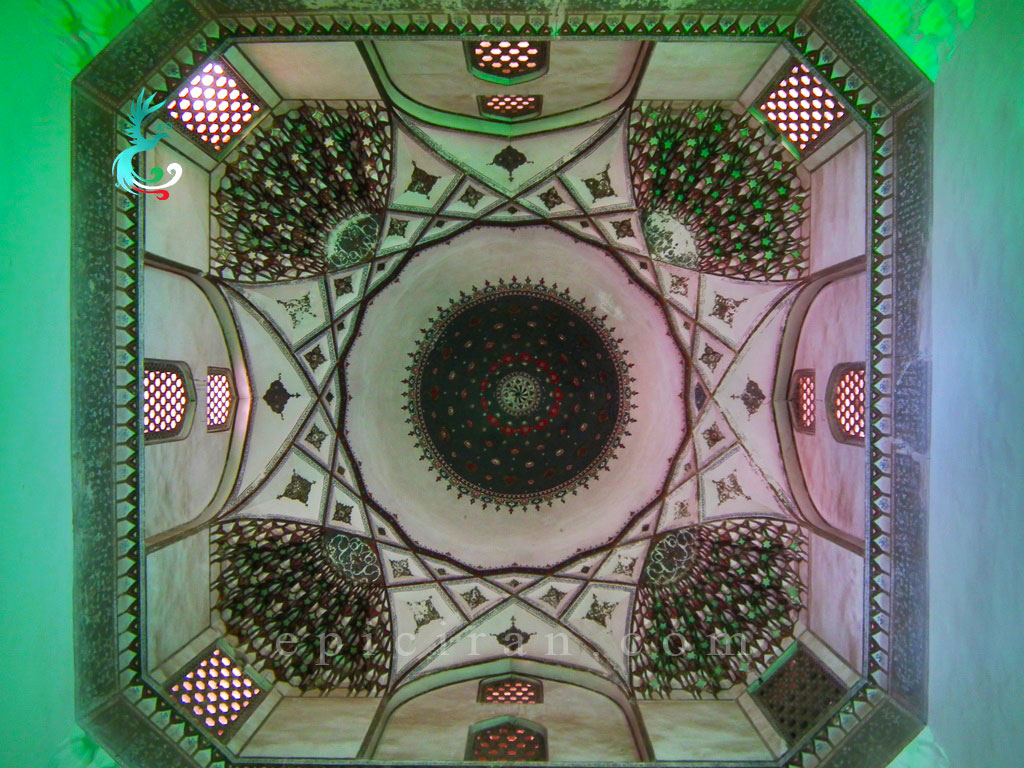
Although this place has been the tomb of Mirza Hossein Khan, the forefather of A’la Sadaat, known as Mir Hosseini, its fame is mostly due to the burial of Moshtaq Alishah, one of the famous Sufis of the thirteenth century A.H., who was stoned to death in 1792 because he used to sing Quran with the melody of setar, and his body was buried next to the tomb of Mirza Hossein Khan, which is now the tomb known as Moshtaghie. The ornamental relics of the Moshtaghie Complex which are built in recent centuries include tilings, paintings, fillets, and Muqarnas.
Moshtaghie Dome is located in Moshtaghie Square of Kerman. This dome is close to many other significant historical places in Kerman, such as Ganjali Khan Mosque, Jabalieh Historical Dome, and Ardeshir Castle.
